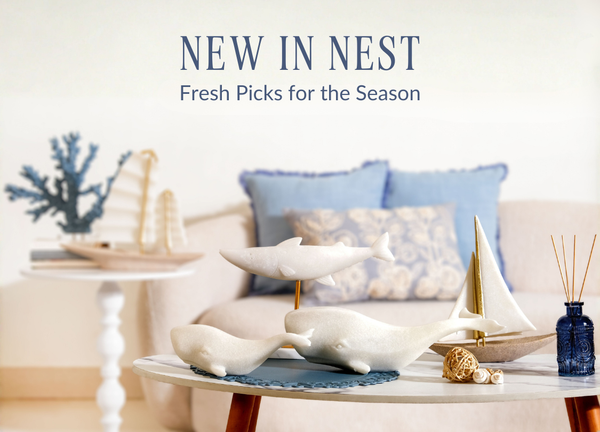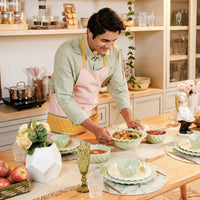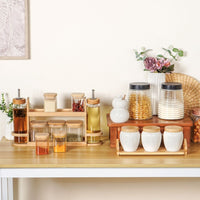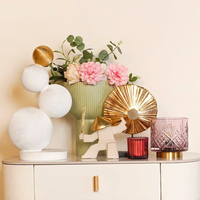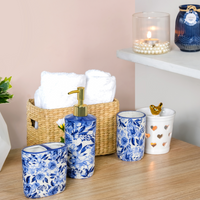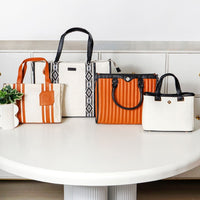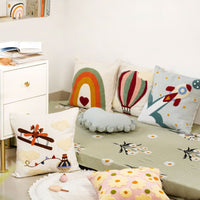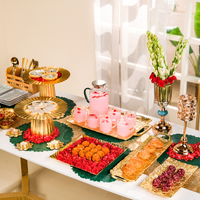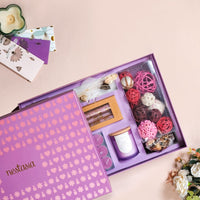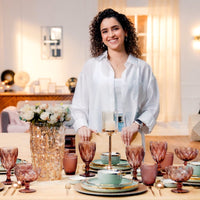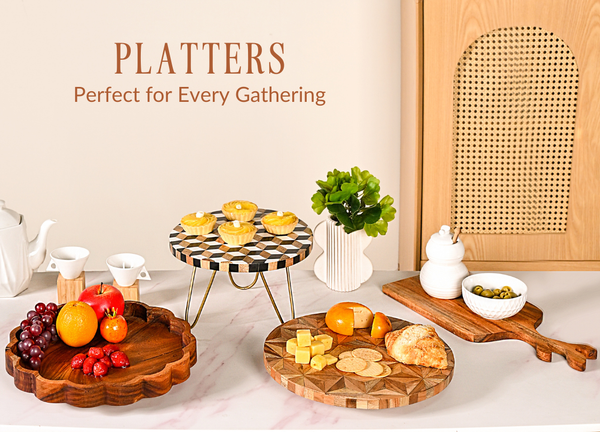“How often have I lain beneath rain on a strange roof, thinking of home.”
-William C. Faulkner
That one toy makes us feel at home. It has all the warmth to make us feel loved and cared for. We all have that one favourite toy from childhood that nobody could separate us from.
It went everywhere with us, from car rides and vacations to even our beds. For some, parting with that toy was nearly impossible, and a few still have it tucked away as a cherished keepsake.
Why is that so? Why do we find it so difficult to part with those childhood toys? The answer lies in nostalgia!
Emotional Connection:
Nostalgia is a sentiment we revisit more often than we realize, especially as adults. These toys were never just playthings; they were vessels of memory, imagination, and comfort.
While we joke about adulthood being tough and full of responsibilities, the truth is that maturity often brings with it a deep longing for the simplicity and security of our early years. In this sense, holding onto that one special toy, or a small collection, isn’t just about clinging to the past. It’s about anchoring ourselves to moments when we felt safe, seen, and wholly ourselves.
No matter how dust-laden or timeworn these plush toys may become, they remain treasured because they carry emotional weight. In fact, sometimes we need them, especially when we're far from the familiar comforts of home, or experiencing a period of emotional distance from the feeling of "being at home" itself. It might be a toy, a throw blanket, a colour scheme, or anything else, but no matter how small or insignificant it may seem to others, it holds the power to evoke warmth, care, and a deep sense of belonging.
It becomes more than a memento; it becomes a talisman. Amid the chaos, that one toy can still bring the warmth of simpler times and the magic of make-believe.
Scientific Facts:
According to Neuroscience Blog, “Nostalgia gives us a sense of continuity.” It is like an invisible string weaving our past to fabricate our present. Psychologists refer to objects like soft toys as “transitional objects”, things that offer comfort and stability during moments of emotional or developmental change.
Introduced in childhood, these objects often help children soothe themselves in the absence of a parent or primary caregiver, which is why the psychological need for such comfort doesn’t entirely vanish even in adulthood.
In times of uncertainty, stress, or grief, adults often return to these familiar objects, whether consciously or unconsciously, as a form of emotional regulation.
Their softness, warmth, and familiarity can provide a grounding experience, helping individuals manage anxiety or navigate emotionally turbulent situations. This isn’t mere sentimentality; it’s a form of self-soothing that allows the mind to feel safe and supported.
In fact, studies have shown that cuddling soft objects can trigger the release of oxytocin, the "bonding hormone," reducing stress and enhancing feelings of well-being.
 Whether it’s a planter set that you adore or a plush rabbit sitting on your bed, these objects act as quiet, nonjudgmental companions that remind us we’re not alone, even when the world feels overwhelming. In short, they are therapeutic!
Whether it’s a planter set that you adore or a plush rabbit sitting on your bed, these objects act as quiet, nonjudgmental companions that remind us we’re not alone, even when the world feels overwhelming. In short, they are therapeutic!
Therefore, next time someone says, “You’re such a baby, grow up”, for wanting a plushie, you can always quote these facts!
But like anything else, too much nostalgia is harmful to us, especially the kind that pertains to materialistic association. For centuries, nostalgia was stated to be synonymous with depression, so much so that during the Spanish War, several Spanish soldiers were discharged from the army with nostalgic symptoms.
That’s why it’s important to cherish nostalgia as a beautiful memory rather than an escape from reality. When it starts replacing the present instead of enriching it, it loses its warmth and becomes a weight.
On that note, being mindful of our surroundings is equally essential, as the environments we inhabit profoundly influence how we feel, respond, and process the world around us. We should be able to incorporate objects that bring us comfort into our home decor without overpowering the overall aesthetic because a nurturing space can help us to come to terms with reality while still allowing room for meaningful reflection.
The Rise of Soft Toy and Comfort Decor:
In recent years, interior design has taken a heartwarming turn, one that embraces emotional expression, softness, and personal comfort. Today, styles like Hygge, Dopamine Decor, Cottagecore, Kawaii, and Soft Minimalism are leading this beautiful change, each one celebrating softness, individuality, and the little things that make us feel at home.
In Hygge-Inspired spaces, the goal is to cultivate an atmosphere of warmth, contentment, and simple joy. It’s less about perfection and more about how a space makes you feel. Soft textures, gentle lighting, and personal touches come together to create a cocoon of comfort. Plush toys and oversized cushions aren’t just decorative, they invite you to unwind. A flickering candle adds a sense of calm, while a soft throw blanket draped over a chair encourages you to pause and rest.
For example, you could create a reading nook with a well-loved stuffed animal tucked in the corner with soft blankets or just keep a favourite coffee mug to create a space that feels cozy, not cluttered. These elements work in harmony, making the space feel lived-in and loved. Hygge isn't flashy, it’s thoughtful. It reminds us that the smallest details, when chosen with care, can bring a deep sense of peace. In a fast-paced world, a Hygge home offers a gentle reminder to slow down.
Dopamine Decor is all about creating a space that instantly lifts your spirits, a vibrant contrast to neutral, conventional interiors. Rooted in emotion and self-expression, it celebrates the things that make you smile, even if they clash in colour or style. Here, bright hues like pink, yellow, and teal come together with playful patterns and nostalgic prints to create joyful harmony.
For example, adding an extraordinary floor mat or a laundry basket that has a cartoon character is what this decor aesthetic is all about. These additions are more than just accessories; they’re little bursts of personality. Every cheerful object tells a story, making your space not just visually exciting but emotionally uplifting.
Even in minimalist interiors, there’s room for comfort. Minimalism doesn’t mean cold or sterile, it’s about intentional living and surrounding yourself with things that serve a purpose, emotionally or functionally. You don’t need anything extravagant to soften a minimalist space; sometimes, just adding a neutral-toned rug or the gentle scent of a vanilla candle is enough to create warmth.
Within soft minimalism, plush elements are welcomed on a quieter, more refined form. They bring in a sense of coziness without compromising simplicity. It’s a reminder that comfort and calm can coexist beautifully, even in the most pared-down spaces. It’s all about balance, clean lines with soft hearts.
Therefore, in a world that often demands toughness and constant motion, soft toys offer something rare: stillness, comfort, and emotional honesty, not just to kids but also to adults.
As pieces of emotional decor, they represent more than childhood memories, they embody safety, joy, imagination, and the simple pleasure of feeling at home.
Incorporating them into our spaces isn’t about clinging to the past; it’s about acknowledging that comfort has a place in our adult lives too. A plush toy on a bed, a textured cushion on a chair, or a candle that smells like a distant memory, these are the quiet ways we take care of ourselves.
Because maybe growing up doesn’t mean letting go. It just means learning to hold on differently. And in that softness, we find strength.
